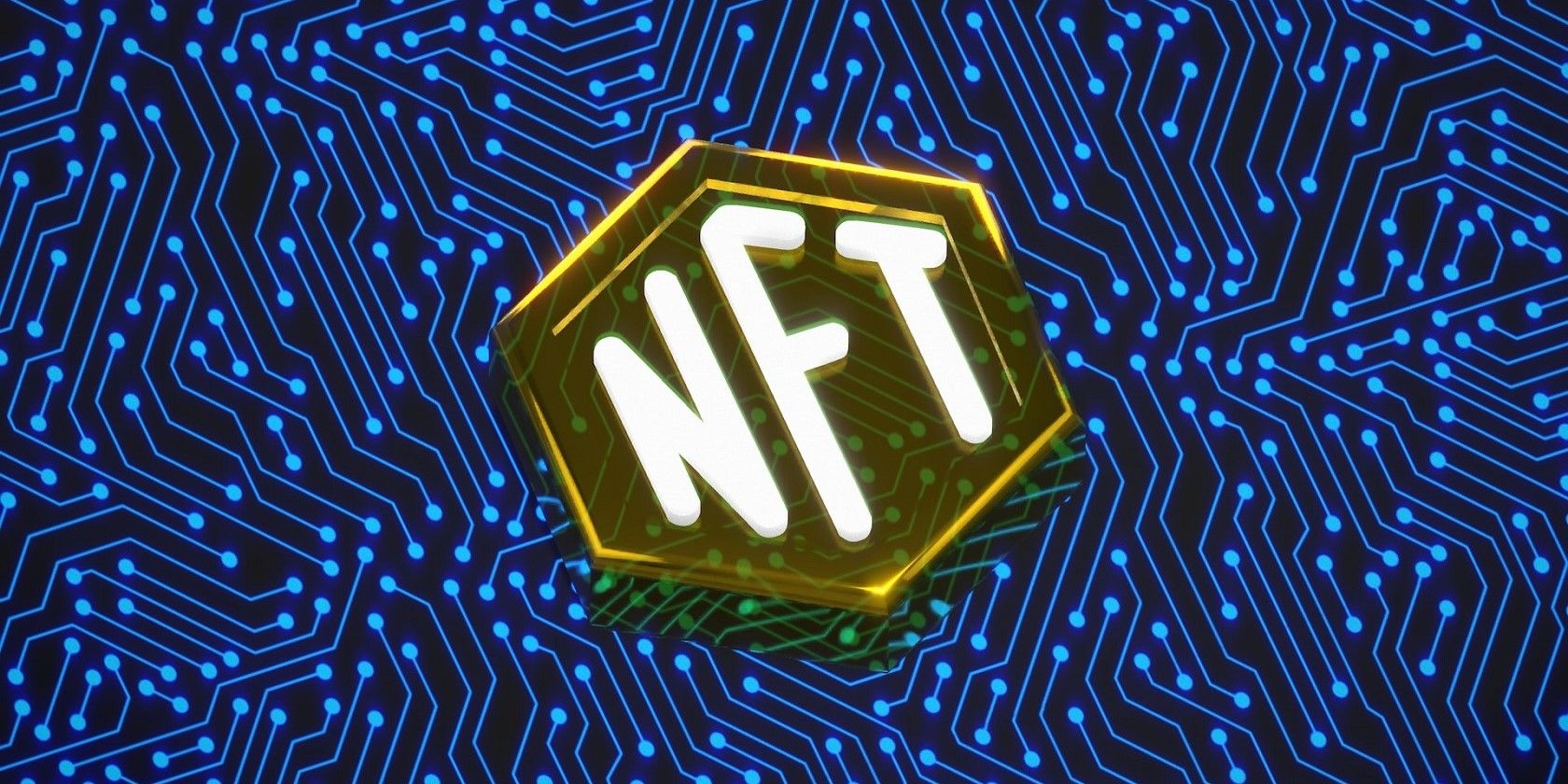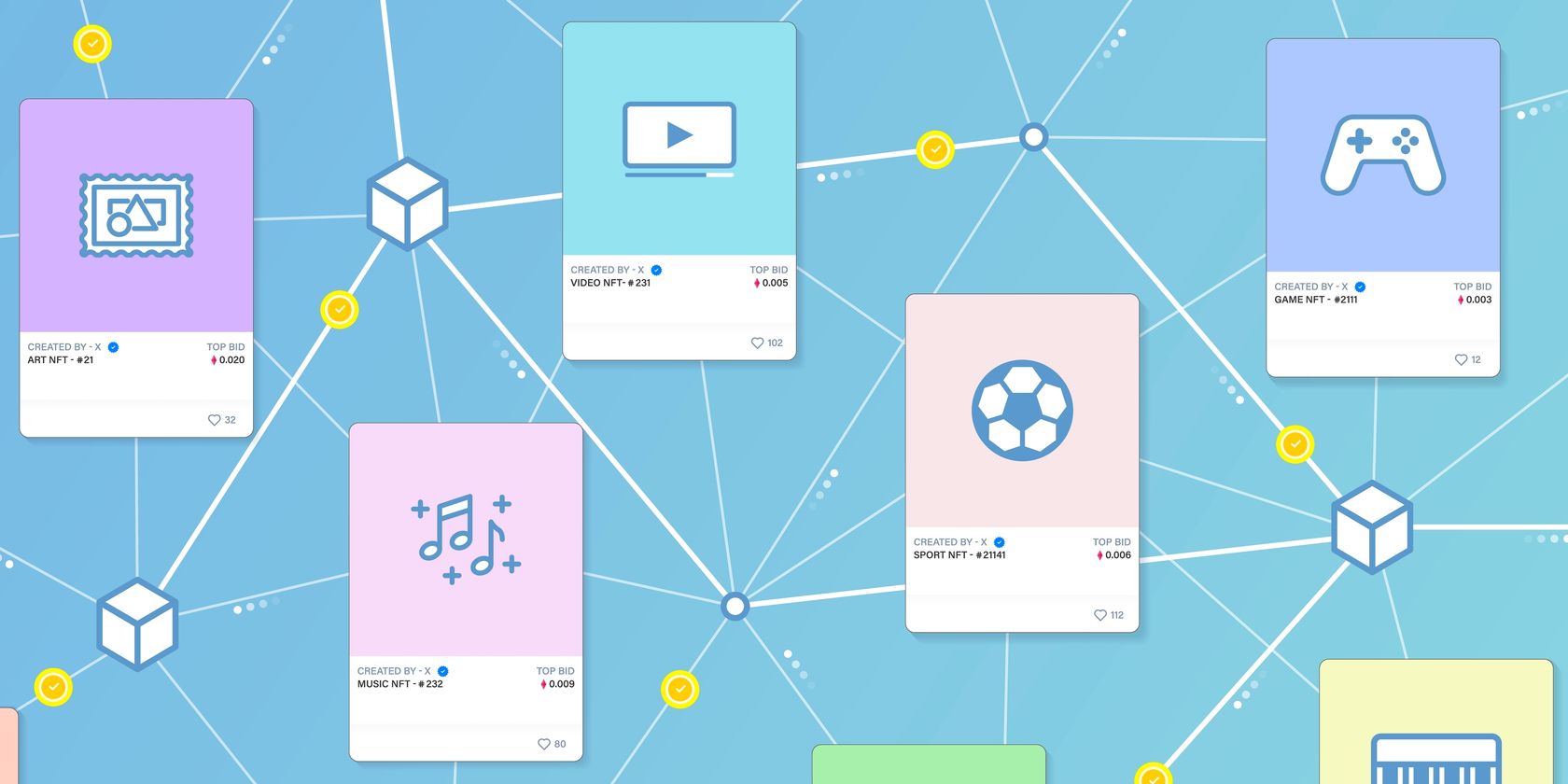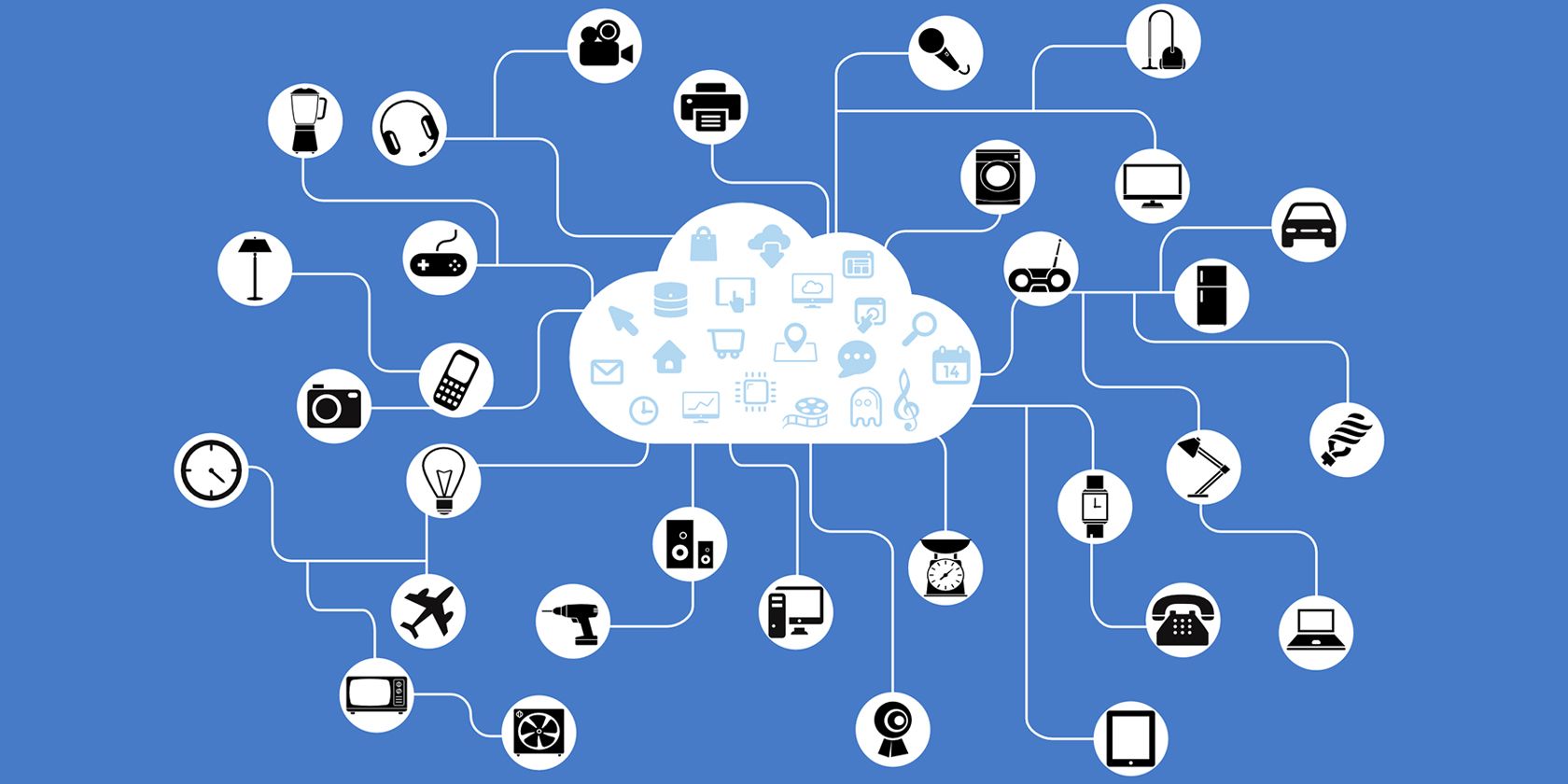Static vs. Dynamic NFTS: How Do They Differ?
Since the launch of the first non-fungible token (NFT) in 2014, the technology has massively improved. Initially, NFTs were static, representing art and other digital collectibles that can’t change. Then, dynamic NFTs (dNFTs) were created to expand the possibilities of non-fungible tokens.
So what exactly are static and dynamic NFTs, and how are they different?
What Are Static NFTs?
Static NFTs are non-fungible tokens (what are NFTs?) that cannot change after they are minted.
The metadata of static NFTs—where the token’s name, characteristics, and file links are kept—cannot be changed or updated after minting. Once you create this type of NFT, it will become an immutable, permanent record on the blockchain.
Static NFTs are the most common; you’ve probably heard of people creating NFTs to represent artworks, images, videos, and others. With static NFTs, you can digitize real-world assets, storing them on the blockchain in a secure, unchangeable, and permanent manner.
This type of NFT is primarily used for digital art collections and document storage because these properties rarely need to be updated. The Bored Ape Yacht Club (BAYC) and CryptoPunks collections are some of the most popular collections of static NFTs available.
You can also create and launch static NFTs using Opensea.
How Do Static NFTs Work?
Like all non-fungible tokens, static NFTs are unique tokens that cannot be duplicated or replaced by other similar assets. They are launched on a blockchain using smart contracts. These assets record ownership or prove the authenticity of an object.
Every static NFT has a token ID, a unique code that identifies the NFT, and a contract address, where the contract is deployed on a blockchain; these cannot be changed.
You could also mint static NFTs with metadata detailing the content of the non-fungible token, but this token data will be unalterable. NFTs’ data is usually stored off-chain as JSON files.
Regardless of what happens or how long passes, the metadata of static NFTs won’t change. You can transfer the NFT to another owner, but it’ll remain the same.
Characteristics of Static NFTs
Static NFTs are the most commonly used type of NFT because of their benefits. However, they also have one downside, which dynamic NFTs seek to resolve.
- You can represent assets with fixed properties, including artworks, collectibles, and other physical and digital assets.
- These NFTs are helpful for permanent data storage and decentralized databases on blockchains.
- Because they are unalterable, static NFTs are typically more secure than dNFTs.
- Static NFTs launched first, so the existing protocol and systems work perfectly with these NFTs. As a result, this type of non-fungible token is typically the most effective.
- The world continues to change, so the metadata of NFTs could become outdated. However, you cannot modify or update this data using the static NFT design.
What Are Dynamic NFTs (dNFTs)?
Dynamic NFTs are a new type of non-fungible tokens that respond to external changes and inputs. Although dNFTs have unique unalterable token IDs and contract addresses like their static counterparts, their metadata can be modified.
These NFTs have interactive and programmable features that allow your digital tokens to change and evolve as required. dNFTs can respond to user behavior, environmental data like the weather, real-time prices, and other external conditions.
This flexible nature is beneficial if you want to represent things subject to change or external conditions, like concerts, live recordings, in-game characters or tokens, and digital identities. For instance, you can use a dNFT to represent a game character that changes or improves based on your activities or interactions.
Likewise, you can use dynamic NFTs to represent live concerts so that new songs would be included as they become available. Also, you could store your social media profile on the blockchain using a dNFT to update the token based on your web interactions. The possibilities are endless.
A great example of a dNFT is “Crossroad,” created by Mike Winkelman, typically called Beeple. This NFT was programmed to change into one of two animations based on the 2020 US presidential election winner.
How Do Dynamic NFTs Work?
A dynamic NFT works like a static NFT in the sense that it is launched on a blockchain and has immutable, unique identifiers. All NFTs enable the construction of an immutable and verifiable record of authenticity and ownership. Dynamic NFTs too.
However, you can update a dNFT’s metadata manually or program it so it updates automatically when specific events occur. Although rare, dynamic NFTs may also be modified based on other parameters apart from their metadata, including user interactions or discoveries within external environments. This means that the data triggering changes could be on-chain or off-chain.
Either way, dNFT modifications can be completed through smart contracts, decentralized storage systems like IPFS, and other means. However, smart contracts are the most common.
Suppose you use a smart contract to program modifications, like animations or appearance changes. In that case, you’ll also require blockchain oracles—third-party systems that offer information from external data sources like web application programming interfaces (APIs) or the Internet of Things (IoT). These oracles will feed the smart contract the required data to trigger the modifications.
When minting a dNFT, you must define the rules governing its modifications and the required permissions in a smart contract. You can store these rules as codes using languages like Solidity—Ethereum’s programming language. dNFTs typically use the emerging ERC-1155 token standard because it can be modified, as dNFTs record data in an editable format. However, dynamic NFTs may also employ ERC-721, the general NFT token standard.
To interact with dynamic NFTs, you’ll need a cryptocurrency wallet that supports smart contracts, like Argent or Metamask. Then, you can collect, trade, or use dNFTs in decentralized applications (dApps).
Characteristics of Dynamic NFTs
Like static NFTs, dNFTs offer several benefits but also have downsides.
- They enable a high level of interaction and unpredictability with non-fungible tokens; these tokens can be easily modified, making them more attractive to collectors and NFT enthusiasts.
- With dynamic NFTs, artists can express their art better, updating them with new inspirations. This could also open up more revenue streams for NFT creators.
- These tokens provide new use cases in several industries, as they are highly programmable and can represent evolving assets. For instance, a developer can mint an NFT representing an evolving character, opening the door to progression-based video games or fantasy sports games on the blockchain.
- Because dNFTs respond to external conditions, these tokens may never be outdated. A dynamic NFT representing a house can accurately reflect its age, market value, maintenance history, age, and more.
- dNFTs are more complex to create, so they have a higher risk of bugs and errors, which would affect the token’s value and functionality.
- It may be harder to determine the legality and ownership of dNFTs as the nature of the underlying asset is constantly evolving.
NFT Technology Is on the Rise
Both static and dynamic NFTs are unique, with diverse use cases. If you need a secure representation of your assets, a static NFT is probably best for you. Alternatively, if you want a record that’ll accurately reflect information about your assets, dNFTs are a better fit, as they offer more significant interaction.
As NFT technology continues to improve and experience widespread adoption, it’ll likely play a vital role in shaping digital ownership and value exchange.



